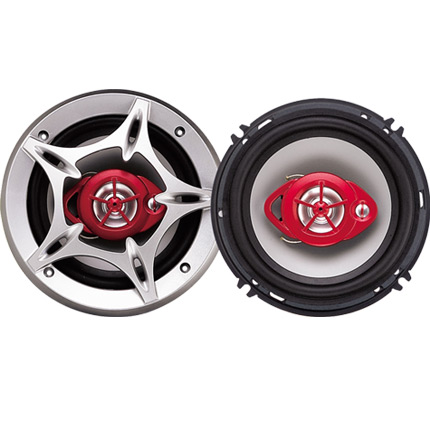High-Quality Car Gear Cable | Durable and Reliable Performance
Understanding Car Gear Cables Importance, Functionality, and Maintenance
Car gear cables play a vital role in the overall functioning of a vehicle's transmission system
. While often overlooked, these cables are crucial for the smooth shifting of gears in both manual and automatic vehicles. This article delves into the importance of car gear cables, how they function, and essential maintenance tips to ensure their longevity.The Functionality of Gear Cables
At its core, the gear cable is a flexible mechanism that connects the gear shifter with the transmission system. In manual transmission cars, there are typically two main cables one for shifting to higher gears and another for downshifting. These cables transmit the driver's input from the gear lever to the transmission, allowing for smooth transitions between gears. In automatic vehicles, while the system operates differently, gear cables still play a role in coordinating the driver's inputs with the vehicle's electrical and hydraulic systems.
The design of these cables usually consists of a durable outer casing, which houses an internal wire that can flex and move. This construction is what allows for the precise control necessary for effective gear shifting. Over time, factors such as wear and tear, exposure to heat, and environmental conditions can affect the performance of gear cables.
Signs of Wear and Tear
Ensuring that gear cables are functioning optimally is critical for safe driving. However, identifying problems can be tricky. Common signs of wear include difficulty in shifting gears, grinding noises during gear transitions, or a loose or disconnected gear lever. If drivers experience any of these symptoms, it is essential to address the issue promptly to avoid further damage to the transmission system.
Maintenance Tips
car gear cable

1. Regular Inspections Routine checks of the gear cables can identify any signs of damage or wear early on. Inspect the cables for fraying, kinked sections, or corrosion, especially near the connectors.
2. Lubrication Keeping the cable lubricated is crucial for smooth operation. Use appropriate lubricants designed for automotive cables and ensure they are applied correctly. This helps reduce friction and prevents premature wear.
3. Adjustments Sometimes, gear cables may require adjustments. This is especially true after performing maintenance on the vehicle or if the cables have experienced significant wear. Refer to the vehicle’s service manual for specific instructions on cable adjustments to ensure they are set to the correct tension.
4. Replacement If a gear cable is severely damaged or shows signs of significant wear, it might be time for a replacement. This task can often be performed by a skilled mechanic but can also be a DIY project for those familiar with automotive repairs.
5. Stay Informed Keeping up to date with your vehicle's maintenance schedule will help prevent potential issues with the gear cables. Follow the manufacturer's guidelines regarding inspections and replacements.
Conclusion
Car gear cables may seem like a minor component in the grand scheme of automotive engineering, but their role is undeniably significant. By understanding their functionality and taking proactive steps in maintenance, drivers can ensure that their vehicles operate smoothly and efficiently. Regular inspections, proper lubrication, and timely replacements will facilitate seamless gear transitions and contribute to the overall performance and safety of the vehicle. By paying attention to these essential aspects, car owners can enhance their driving experience and prolong the lifespan of their vehicles.
-
Upgrade Your Vehicle with High-Quality Handbrake CablesNewsNov.01,2024
-
Optimize Your Bike's Performance with Quality CablesNewsNov.01,2024
-
Enhance Your Vehicle's Performance with Quality Clutch ComponentsNewsNov.01,2024
-
Elevate Your Vehicle's Performance with Quality Throttle CablesNewsNov.01,2024
-
Elevate Your Vehicle's Performance with Quality CablesNewsNov.01,2024
-
Affordable Solutions for Your Cable NeedsNewsNov.01,2024
